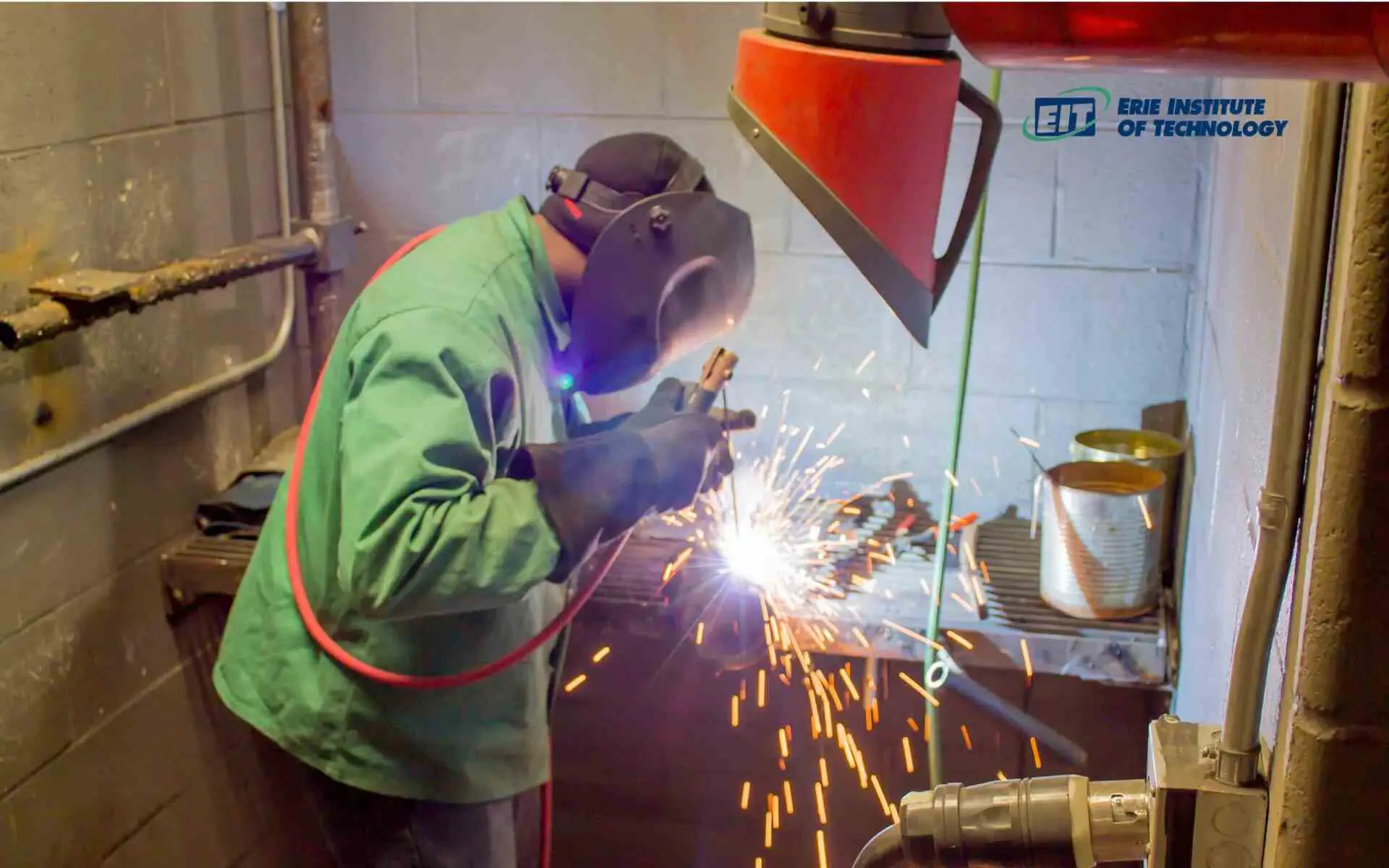Getting Welding Quality: Introducing the Keys of WPS Implementation and Optimization
In the realm of welding, attaining quality is a quest that hinges on the precise application and optimization of Welding Treatment Requirements (WPS) By delving into the vital elements, methods, difficulties, and finest practices associated with WPS, a world of welding quality awaits those who are prepared to explore its depths.
Relevance of WPS in Welding
The Importance of Welding Procedure Requirements (WPS) in the welding market can not be overstated, functioning as the foundation for making sure consistency, top quality, and safety in welding procedures. A WPS offers thorough guidelines on how welding is to be performed, including crucial variables such as materials, welding processes, joint layout, filler metals, interpass and preheat temperatures, welding currents, voltages, traveling rates, and a lot more. By sticking to a well-defined WPS, welders can maintain uniformity in their work, resulting in consistent weld top quality across different tasks.

Crucial Element of WPS
Reviewing the important components of a welding treatment specification (WPS) is vital for comprehending its duty in welding procedures. A detailed WPS includes several key elements that lead welders in attaining high quality and uniformity in their work. One vital facet of a WPS is the welding procedure requirements, which outlines the details welding processes to be utilized, such as gas tungsten arc welding (GTAW) or protected steel arc welding (SMAW) In addition, the WPS consists of information on the welding materials, such as the type and specs of the base metal and filler metal to be utilized. The WPS likewise specifies vital variables like welding specifications, interpass and preheat temperature level requirements, and post-weld heat therapy procedures. Moreover, it consists of details on joint design, fit-up, and any special methods or precautions required for the welding operation. By integrating these key components into the WPS, welding treatments can be standard, ensuring top quality, efficiency, and safety in welding procedures.
Techniques for WPS Optimization

Second of all, training and qualification of welding personnel according to the particular needs of the WPS is paramount. Offering extensive training programs and making certain that welders are licensed to execute treatments outlined in the WPS can bring about greater high quality welds and minimized rework.
Additionally, leveraging modern technology such as welding software program and tracking systems can assist in optimizing WPS. These devices can help in monitoring variables, making certain criteria are within specified restrictions, and giving real-time responses to welders, my review here allowing them to make instant adjustments for boosted weld top quality.
Typical Difficulties and Solutions
Facing barriers in implementing the techniques for WPS optimization can impede welding procedures' performance and top quality. One usual obstacle is inadequate training or understanding of the welding treatment specifications (WPS) among the welding team.
An additional challenge is the absence of correct paperwork and record-keeping, which is important for WPS optimization. Without clear records of welding parameters, products used, and inspection results, it becomes challenging to determine locations for improvement and make certain uniformity in welding procedures. Carrying out a durable documentation system, such as digital welding management software program, can aid simplify record-keeping and promote data analysis for continuous renovation.
Additionally, irregular welding equipment calibration and upkeep can position a significant obstacle to WPS optimization. Regular tools checks, calibration, and upkeep timetables should be complied with strictly to ensure that welding specifications are precisely managed and maintained within the defined tolerances (welding WPS). By attending to these common challenges with positive solutions, welding procedures can enhance performance, top quality, and overall welding excellence
Best Practices for WPS Application
To guarantee effective WPS application in welding procedures, adherence to sector requirements and careful attention to detail are extremely important. When initiating WPS implementation, it is critical to begin by extensively understanding the particular welding requirements of the project. This involves a thorough review of the welding procedure specs, materials to be bonded, and the ecological conditions in which the welding will occur.
When the demands are clear, the following action is to pick the ideal welding treatment that lines up with these requirements. click reference This involves seeking advice from the relevant codes and criteria, such as those offered by the American Welding Culture (AWS) or the International Company for Standardization (ISO), to make sure conformity and quality.
Additionally, recording the whole WPS implementation process is crucial for traceability and quality assurance. In-depth documents ought to be maintained relating to welding parameters, material preparation, preheat and interpass temperatures, welding consumables made use of, and any type of discrepancies from the initial procedure. Regular audits and testimonials of the WPS can aid identify locations for enhancement and make certain ongoing optimization of the welding process.


Final Thought
To conclude, the application and optimization of Welding Treatment Specs (WPS) is vital for accomplishing welding excellence. By understanding the vital aspects of WPS, applying effective strategies for optimization, attending to common challenges, and following finest methods, welders can make certain high-grade welds and safe working conditions. It is imperative for professionals in the welding industry to prioritize the proper implementation of WPS to boost total welding performance and accomplish preferred outcomes.
The Significance of Welding Treatment Specs (WPS) in the welding market can not be overemphasized, offering as the foundation for ensuring uniformity, high have a peek at this site quality, and safety and security in welding operations. A WPS provides thorough guidelines on how welding is to be lugged out, including important variables such as products, welding procedures, joint style, filler metals, preheat and interpass temperatures, welding currents, voltages, traveling rates, and extra. One critical aspect of a WPS is the welding process specification, which outlines the specific welding procedures to be utilized, such as gas tungsten arc welding (GTAW) or shielded steel arc welding (SMAW) By incorporating these crucial aspects right into the WPS, welding procedures can be standard, making sure high quality, effectiveness, and safety and security in welding procedures.
It is essential for experts in the welding industry to prioritize the correct application of WPS to improve overall welding efficiency and attain preferred outcomes.